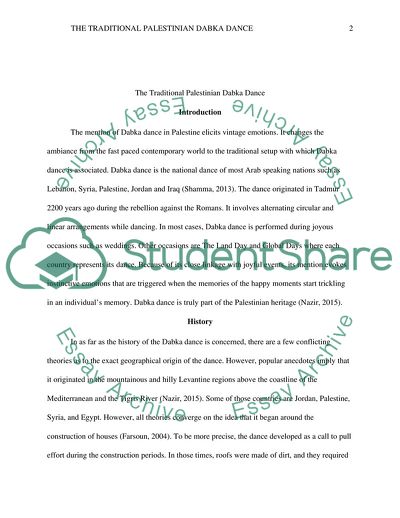Cite this document
(The Traditional Palestinian Dabka Dance Research Paper, n.d.)
The Traditional Palestinian Dabka Dance Research Paper. Retrieved from https://studentshare.org/culture/1873844-the-traditional-palestinian-dabka-dance
The Traditional Palestinian Dabka Dance Research Paper. Retrieved from https://studentshare.org/culture/1873844-the-traditional-palestinian-dabka-dance
(The Traditional Palestinian Dabka Dance Research Paper)
The Traditional Palestinian Dabka Dance Research Paper. https://studentshare.org/culture/1873844-the-traditional-palestinian-dabka-dance.
The Traditional Palestinian Dabka Dance Research Paper. https://studentshare.org/culture/1873844-the-traditional-palestinian-dabka-dance.
“The Traditional Palestinian Dabka Dance Research Paper”, n.d. https://studentshare.org/culture/1873844-the-traditional-palestinian-dabka-dance.


